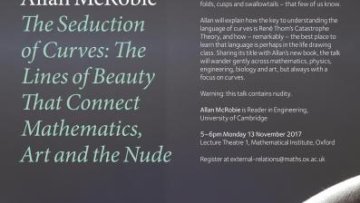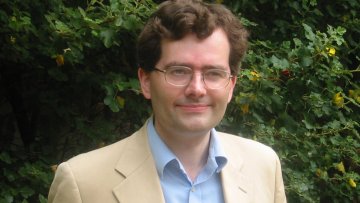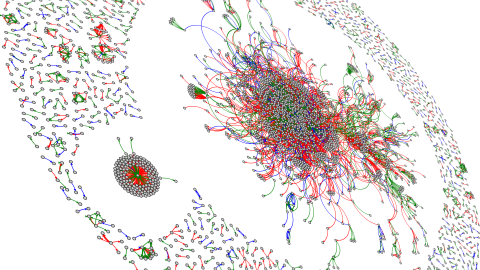There is a deep connection between the stability of oil rigs, the bending of light during gravitational lensing and the act of life drawing. To understand each, we must understand how we view curved surfaces. We are familiar with the language of straight-line geometry – of squares, rectangles, hexagons - but curves also have a language - of folds, cusps and swallowtails - that few of us know.
Call Routing Optimisation
Abstract
The costs to Vodafone of calls terminating on other networks – especially fixed networks – are largely determined by the termination charges levied by other telecoms operators. We interconnect to several other telecoms operators, who charge differently; within one interconnect operator, costs vary depending on which of their switching centres we deliver calls to, and what the terminating phone number is. So, while these termination costs depend partly on factors that we cannot control (such as the number called, the call duration and the time of day), they are also influenced by some factors that we can control. In particular, we can route calls within our network before handing them over from our network to the other telecoms operator; where this “handover” occurs has an impact on termination cost.
Vodafone would like to develop a repeatable capability to determine call delivery cost efficiency and identify where network routing changes can be made to improve matters, and determine traffic growth forecasts.
14:15
Dirac induction for rational Cherednik algebras
Abstract
In this joint work with D. Ciubotaru, we introduce the notion of local and global indices of Dirac operators for a rational Cherednik algebra H, with underlying reflection group G. In the local theory, I will report on some relations between the (local) Dirac index of a simple module in category O, the graded G-character and the composition series polynomials for standard modules. In the global theory, we introduce an "integral-reflection" module over which we define and compute the index of a (global) Dirac operator and show that the index is independent of the parameters. If time permits, I will discuss some local-global relations.
Oxford Mathematician Andrew Dancer has been elected to the Council of the London Mathematical Society (LMS). The Society publishes books and periodicals, organises mathematical conferences, provides funding to promote mathematical research and education and awards a number of prizes and fellowships for excellence in mathematical research.
Persi Diaconis - Chance and Evidence
Abstract
In this lecture Persi Diaconis will take a look at some of our most primitive images of chance - flipping a coin, rolling a roulette wheel and shuffling cards - and via a little bit of mathematics (and a smidgen of physics) show that sometimes things are not very random at all. Indeed chance is sometimes confused with frequency and this confusion caries over to a confusion between chance and evidence. All of which explains our wild misuse of probability and statistical models.
Persi Diaconis is world-renowned for his study of mathematical problems involving randomness and randomisation. He is the co-author of 'Ten Great Ideas about Chance (2017) and is the Mary V. Sunseri Professor of Statistics and Mathematics at Stanford University.
Please email @email to register.
Watch live:
https://www.facebook.com/OxfordMathematics
https://livestream.com/oxuni/PersiDiaconis
The Oxford Mathematics Public Lectures are generously supported by XTX Markets.
11:00
Outer Space
Abstract
Outer Space is an important object in Geometric Group Theory and can be described from two viewpoints: as a space of marked graphs and a space of actions on trees. The latter viewpoint can be used to prove that Outer Space is contractible; and this fact together with some arguments using the first viewpoint enables us to say something about the Outer Automorphism group of a free group - I will sketch both these proofs.




